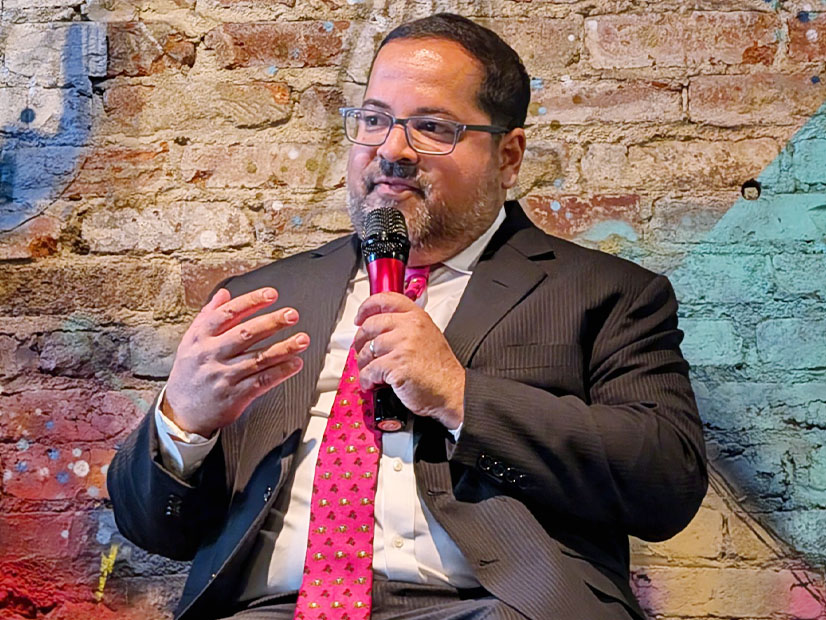Former FERC Chair Neil Chatterjee is joining virtual power plant operator Voltus, the company announced Dec. 5.
Chatterjee, who as chair shepherded Order 2222 to passage — requiring ISOs and RTOs to allow DER aggregations to participate in their markets — and joins former FERC Chairman Jon Wellinghoff, who is chief regulatory officer at Voltus.
“With 2222, Chairman Chatterjee set in motion the next chapter of the VPP industry’s growth,” Voltus CEO Dana Guernsey said in a statement. “We are proving that empowering customers to deliver grid services produces significant grid reliability, affordability and decarbonization outcomes. 2222 allows more households and businesses in more states and markets to deliver value to the grid and to be compensated for it. Neil’s experience, knowledge of energy markets and influence among regulators and utilities are invaluable assets for Voltus’ mission.”
Order 2222 was one of Chatterjee’s prouder achievements when he chaired the commission, and he said in an interview that the new role with Voltus would let him keep working on those issues.
“I’m committed to seeing the groundbreaking order succeed,” Chatterjee said. “Voltus is a leading virtual power plant operator and distributed energy resource platform, and helping them realize the market opportunities enabled by 2222 was really exciting to me.”
Wellinghoff also oversaw major orders on the demand side during his chairmanship, most notably Order 745.
“With Chairman Chatterjee coming aboard, Voltus possesses even greater capability to work with public service commissions, grid operators, utilities and other industry decision-makers to remove the remaining barriers hindering the full realization of DERs’ capabilities,” Wellinghoff said in a statement.
Chatterjee noted that so far, only CAISO has gotten the work done on implementing Order 2222.
“The fallout from the last PJM capacity auction this summer … just illustrates the growing need for kind of flexible, quick-to-scale resources,” Chatterjee said. “And so, to the extent that PJM and the other regions can integrate distributed power plants into their system to help with some of these steep price hikes and the mismatch between supply and demand, I would think it’s in a grid operator’s interest.” FERC could help move that along by focusing on implementation of Order 2222, he said.
Another area that FERC could move forward on would be to remove the opt-out it granted to states over demand response in 2008’s Order 719, he added.
Court rulings on DR and similar areas where end-use customers can participate in wholesale markets have chipped away at the need for the opt-out since then, Chatterjee argued. A Notice of Inquiry that FERC launched in 2021 on the issue remains pending (RM21-14).
VPPs’ ability to help optimize grid infrastructure can help maintain reliability at the lowest cost, especially with growing demand needed to support the ongoing development of artificial intelligence, Chatterjee said.
President-elect Donald Trump “has made a commitment to both win the AI race against China by ensuring that we have power to win that AI race, but simultaneously … has pledged to bring down electricity bills and curb inflation,” Chatterjee said. “And in order to do that, we’re going to not only need every available electron, we’re also going to need to find greater optimization and efficiencies of our existing infrastructure.”




